Meet The Luxembourg Dual Citizen-Owned Businesses! – Click Here To Learn More
To turn on the subtitles, please press the play button, followed by the CC icon. To change languages, click the gear icon and “Subtitles/CC”.
Luxembourgish Ancestors: Argentina
Updated: January 9th, 2024
Written by: Daniel Atz with Lauren Lowell
From 1850-1890, around 500 Luxembourgers left the Grand Duchy for Argentina. Now, over 500 of their descendants have obtained Luxembourgish citizenship.
Who are their Luxembourgish ancestors and how did they end up in Argentina? Let’s dive into the story.
Luxembourgish Ancestors: Argentina
To turn on the subtitles, please press the play button, followed by the CC icon. To change languages, click the gear icon and “Subtitles/CC”.
Updated: January 9th, 2024
Written by: Daniel Atz with Lauren Lowell
From 1850-1890, around 500 Luxembourgers left the Grand Duchy for Argentina. Now, over 500 of their descendants have obtained Luxembourgish citizenship.
Who are their Luxembourgish ancestors and how did they end up in Argentina? Let’s dive into the story.
View Our Other 🇦🇷🇱🇺 Studies: Ancestors | Dual Citizens | Survey | View All Studies
Background
This research study is based on responses from 124 Argentine-Luxembourgish dual citizens. All respondents are non-LuxCitizenship clients who participated in an open online survey of confirmed dual citizens through ancestry.
From our 124 dual citizens respondents, we were able to confirm 28 Luxembourgish ancestors. In this first section of our study, we dive into the story of Luxembourgish immigration to Argentina.
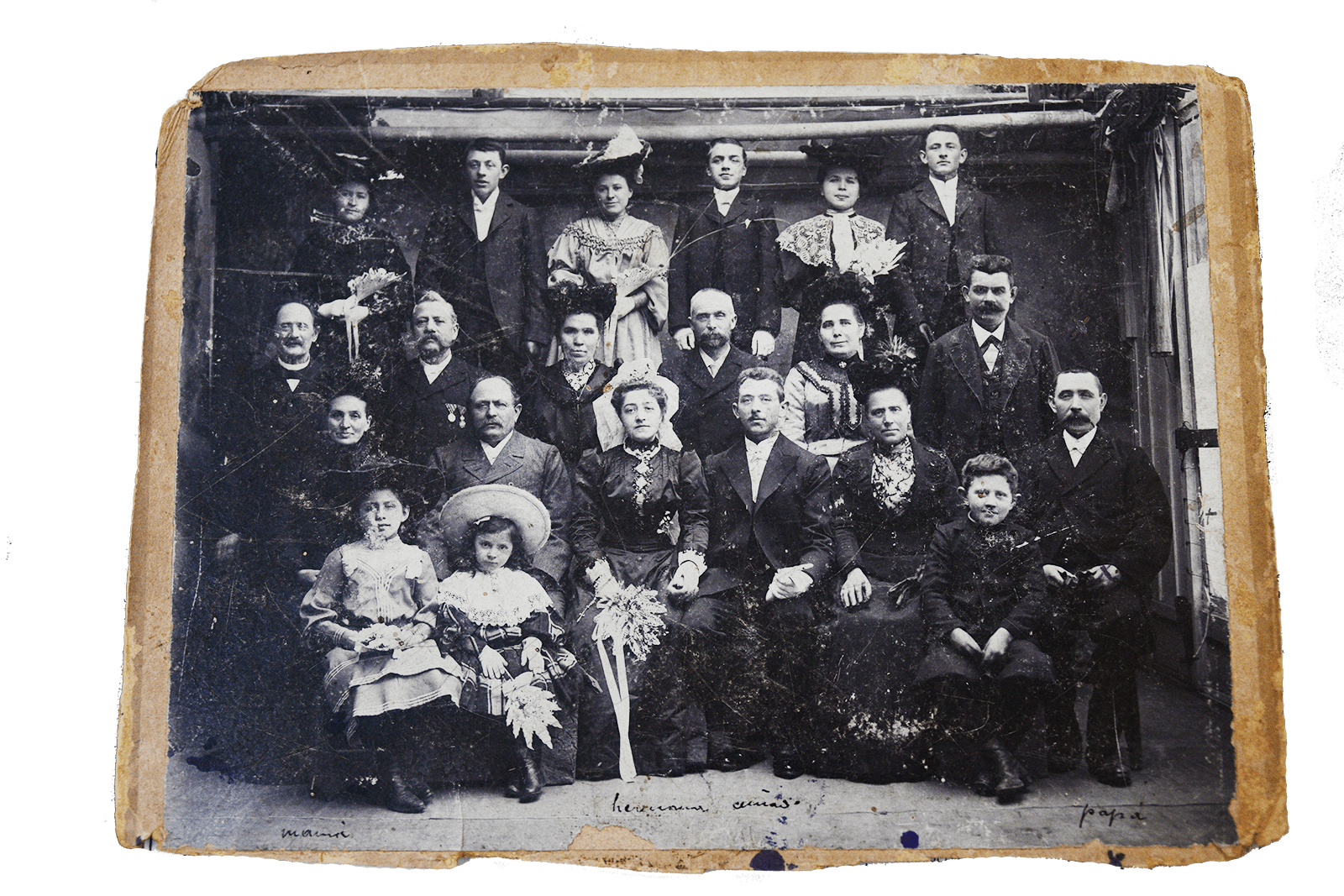
Why Did Luxembourgers Migrate to Argentina?
Starting in the mid-1850s, Argentina set out to attract European agricultural workers to immigrate to the country. Motivated by relative economic hardship in their own country or just seeking a new start, some 500 Luxembourgers would answer their call.
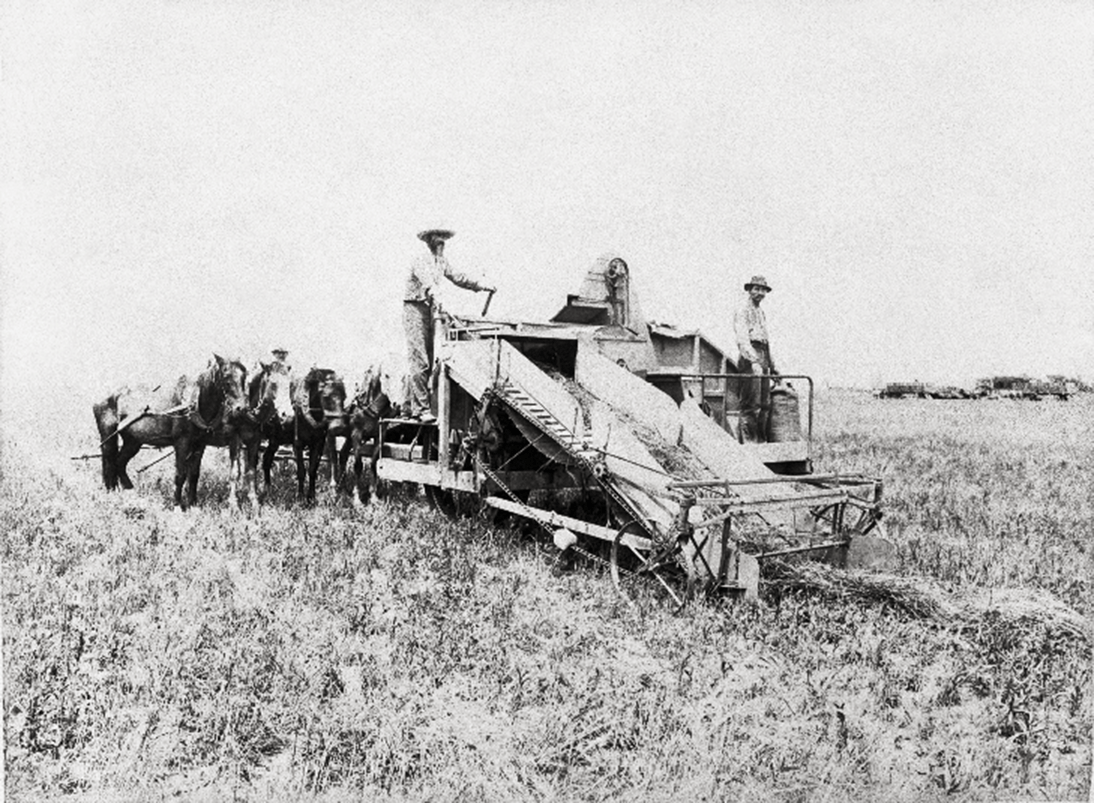
Image: Farmers in Esperanza, Santa Fe, Argentina, 1890 – “Santa Fe entre dos siglos“
Due to difficult living conditions during the 19th century, huge numbers of Luxembourgers would decide to leave the Grand Duchy for good. At the time, Argentina had a booming economy and a strong need for workers to cultivate its nearly unlimited swathes of arable land. Hundreds of Luxembourgers immigrated to Argentina during the period known as the “Great European Immigration“.
Argentina’s Great European Immigration primarily took place from the 1850s to early 1900s, during which time Argentina’s population nearly quadrupled in size. Luxembourgers were drawn to the nation’s open immigration policies and agricultural opportunities.
Off to Esperanza – The Earliest 🇱🇺🇦🇷 Migrants
Accompanied by Swiss, German, French, Italian, and Belgian immigrants, Luxembourgish families held an important role in establishing Esperanza. At the time, Esperanza was Argentina’s first formally organized agricultural colony. Even today it is still considered one of Argentina’s most successful organized immigration efforts.
In early 1856, 200 European families made their way to Argentina’s Santa Fe Province as a part of the agro-colonialization project organized between the government of Santa Fe, and spearheaded by Argentine military commander Aarón Castellanos. The (soon to be) immigrants signed “Agricultural Colonization Contracts” before ever touching down on Argentine soil.
In these contracts, the Luxembourgish immigrants were promised housing, land, livestock, and seeds upon their arrival in Esperanza, as well as free transportation to the colony. Unlike in the United States, in Argentina, the Luxembourgish immigrants would need to buy their own property, which they were able to pay off using the same crops that they came over to farm.
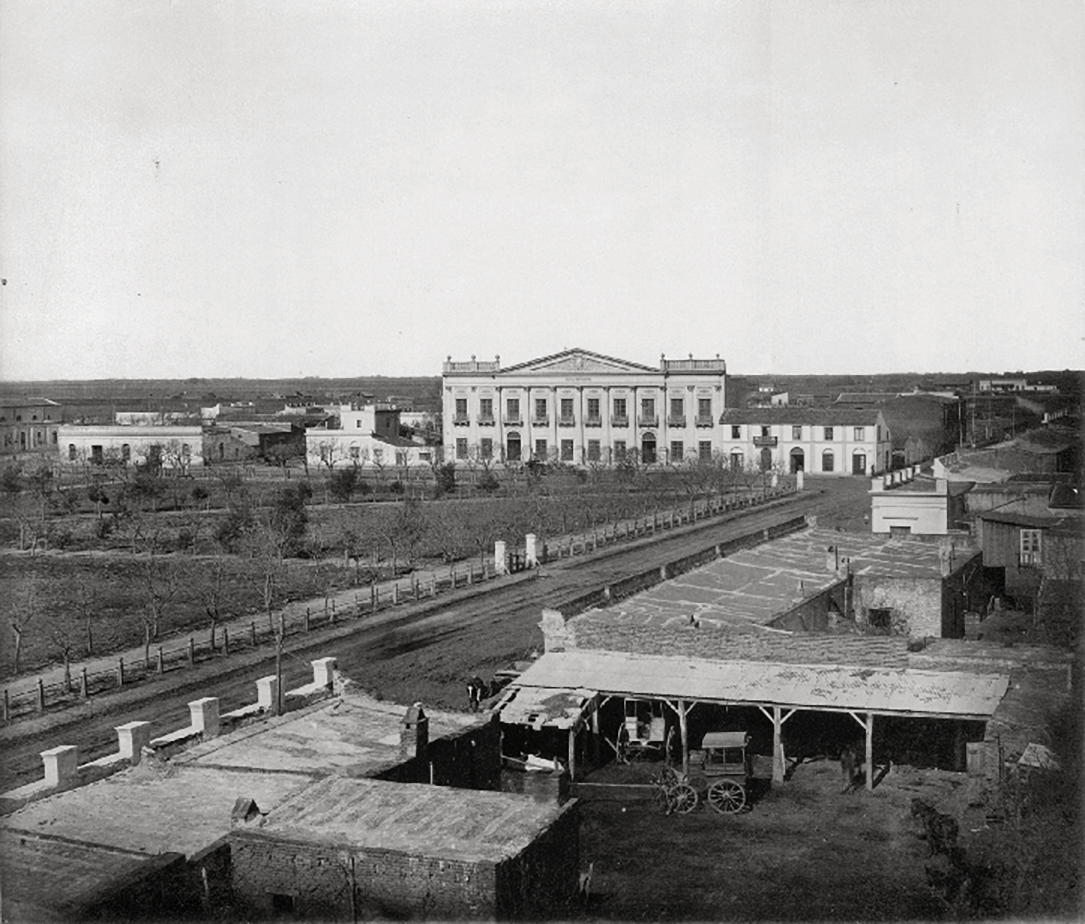
Esperanza’s plaza (front) and municipal building (back), 1885 – “Santa Fe entre dos siglos“
Today, 26.9% of our Argentine study respondents still live in Esperanza, having descended from 3 different Luxembourgish families.
“Argentine Fever” – The Peak of Argentine Immigration
The second and largest wave of Luxembourgish immigration took place from 1888 to 1891. This three year period was widely recognized as “Argentine Fever”.
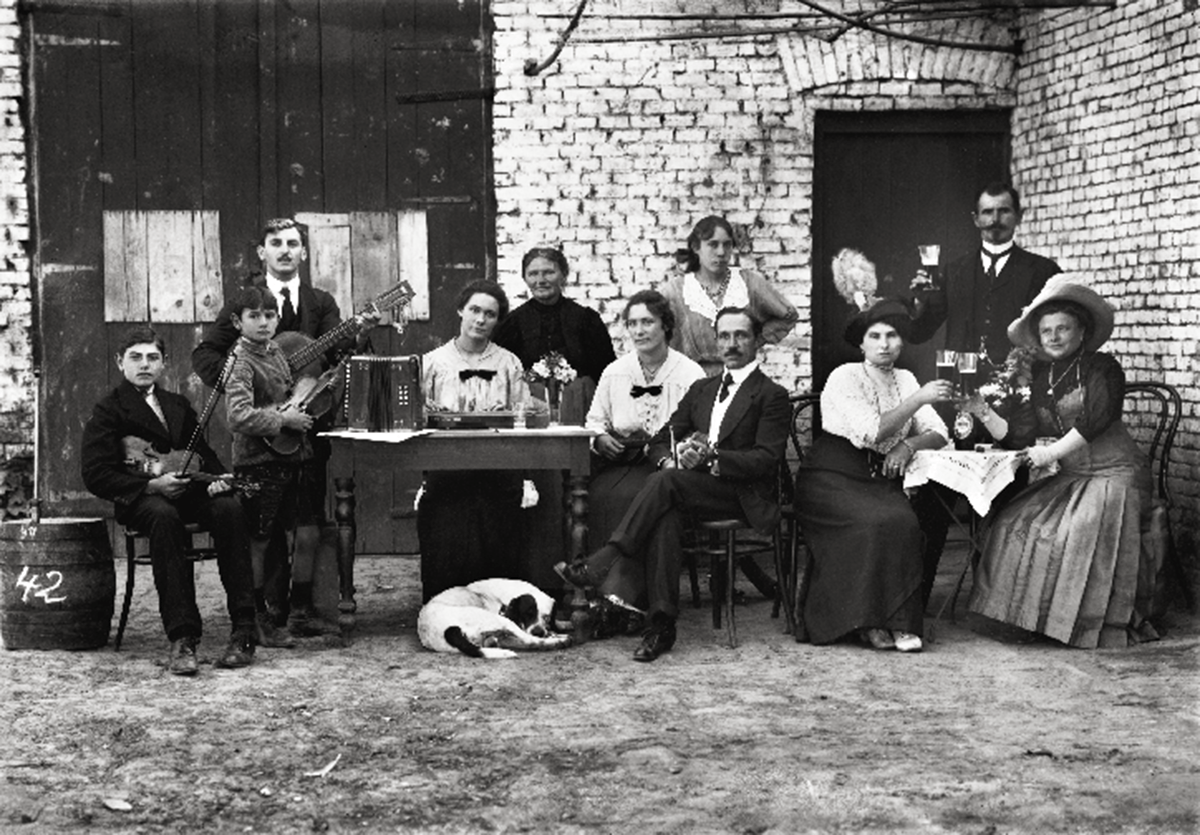
Family picnic in Argentina’s Santa Fe Province, 1910 – “Santa Fe entre dos siglos“
In the late 1880s, “Argentinienfieber” swept through Luxembourg, promoting Argentina’s location in the Americas, its thriving economy, and the welcoming attitude towards rural farmers without modern farming techniques or professional qualifications.
Luxembourgish immigrants of that era were primarily attracted to the idea of “mass immigration.” While some still went to Argentina individually, the idea of establishing Luxembourgish or Germanic communities was appealing, as it reduced the challenges of adapting to a new country with unfamiliar language, culture, and landscape.
Most Luxembourgers initially settled in the Buenos Aires and Entre Rios provinces during this period.
Not What We Signed Up For – Immigration to San Antonio de Iraola
25% of the Luxembourgish ancestors included in our study served as founding members of the San Antonio de Iraola colony. Unfortunately, these immigrants ended up in a difficult situation, and had to relocate within years of their arrival.
News of fertile land and quick land ownership in San Antonio de Iraola Colony spread rapidly in Luxembourg, endorsed by the Luxembourger Wort and the bishop at the time. The project was overseen by a Luxembourgish priest, Jean-Pierre Didier, boosting confidence.
However, upon arrival, Luxembourgish settlers in San Antonio de Iraola encountered infertile land, incomplete housing, disease, and an oppressive loan system by the colony’s private landowner. Despite signing up for a 6-year labor contract, the colony dissolved prematurely.
Due to its private ownership, there are limited records about the colony’s dissolution. Many Luxembourgers returned home, while others migrated to Brazil, the United States, or different parts of Argentina.
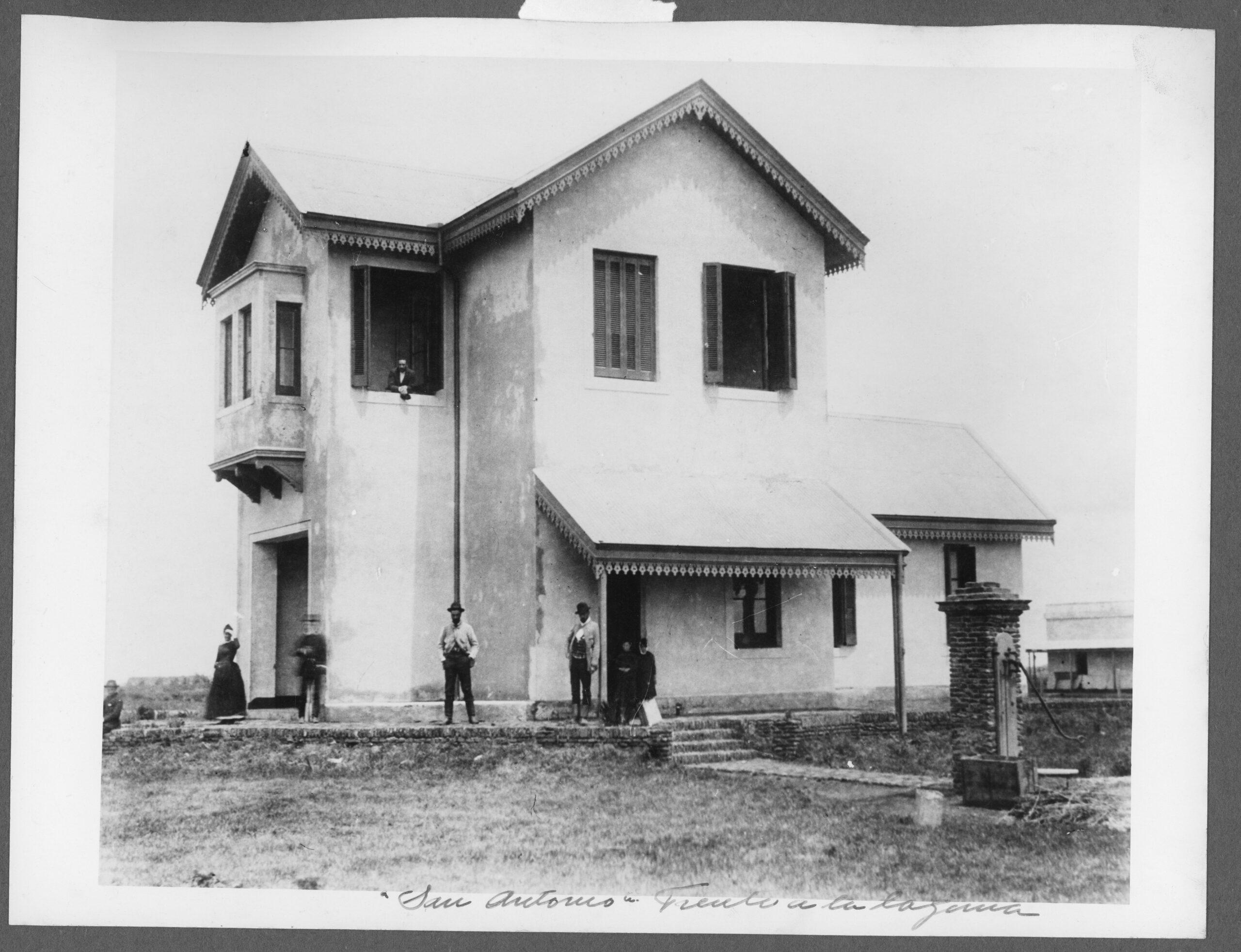
Image: “San Antonio frente a la laguna” – FAMÍLIA PIERRET
It Was Good While it Lasted – The Slowing of Immigration to Argentina
While Argentina’s 6.6 million European immigrants helped to shape and rapidly grow Argentina’s economy, new complications caused immigration to slow in the early 20th century.
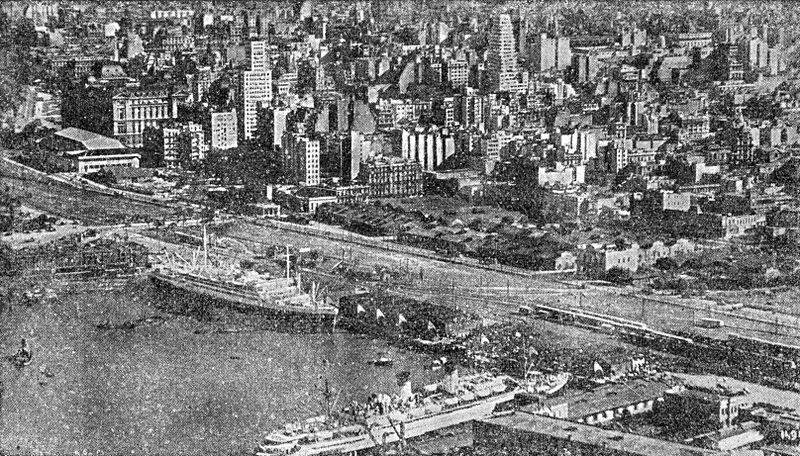
Buenos Aires, Argentina, 1940 – “Geografía de América” by Josefina Passadori
Higher pay in Buenos Aires led many families to move to the city in search for work. As poverty and unemployment rates quickly rose as a result, crime rates rose and clashes between the immigrants and Argentine government became more and more common.
Argentina’s political elite began speaking poorly of “unrestricted European immigration”, and immigration policies tightened down shortly after. The start of World War I also complicated the trip for many Luxembourgers and other Europeans alike.
So, we’ve learned about Luxembourgish immigration to Argentina, but who were our Argentine-Luxembourger dual citizens’ ancestors?
Ancestors and Their Descendants
For the 124 Argentine-Luxembourgers that participated in our survey, we were able to find 28 Luxembourgish Ancestors. All ancestor information included in this study below was provided by our study’s respondents, and verified using records on file at the Luxembourg National Archives.
Some of the researched ancestors were siblings. The 28 Luxembourgish ancestors that our Argentine respondents descend from came from 26 families who moved from Luxembourg.
On average, 4.4 respondents descended from each of these ancestors. This is 2.6 times more respondents per ancestor than our American respondents, but 1.6 times less than our Brazilian resondents.
Luxembourgish Ancestor, Most Respondents
About our Dual Citizens’ Ancestors
57.1% of the ancestors studied were born in the south of Luxembourg, in the cantons of Luxembourg, Esch-sur-Alzette, and Grevenmacher alone. The majority of these ancestors were born in the second half of the 18th century and participated in the second wave of mass Luxembourgish immigration to Argentina.
Ancestor Canton of Birth
Ancestor Year of Birth
About Their Migration Patterns
The majority of Luxembourgers arrived in Argentina during the “Argentine Fever” period from 1888 to 1891. When comparing general migration trends to the United States and Brazil, this is the most recent mass migration from Luxembourg to the Americas.
Ancestor Province of Immigration
Ancestor Year of Emigration
Ancestor Gender
* These numbers are distorted in favor of men due to the Article 7 citizenship procedure, which almost exclusively necessitates a male ancestor.
While the average age at time of immigration for these Luxembourgish ancestors was 21 years old, children as young as 1 year old made the trip to Argentina with their families.
Argentine-Luxembourgers in the 20th Century
One thing we’ve noticed time and time again is that the Luxembourgish immigrants lived quite long lives. Of the ancestors included in our study, the average age at time of passing was 71.8 years old. The national average was 61.3 years old in 1940 (the average year of death across the group).
While many Luxembourgish immigrants passed away in the provinces of Entre Rios and Santa Fe, the most common province of passing was Buenos Aires.
Ancestor Province of Passing
Ancestor Age at End of Life
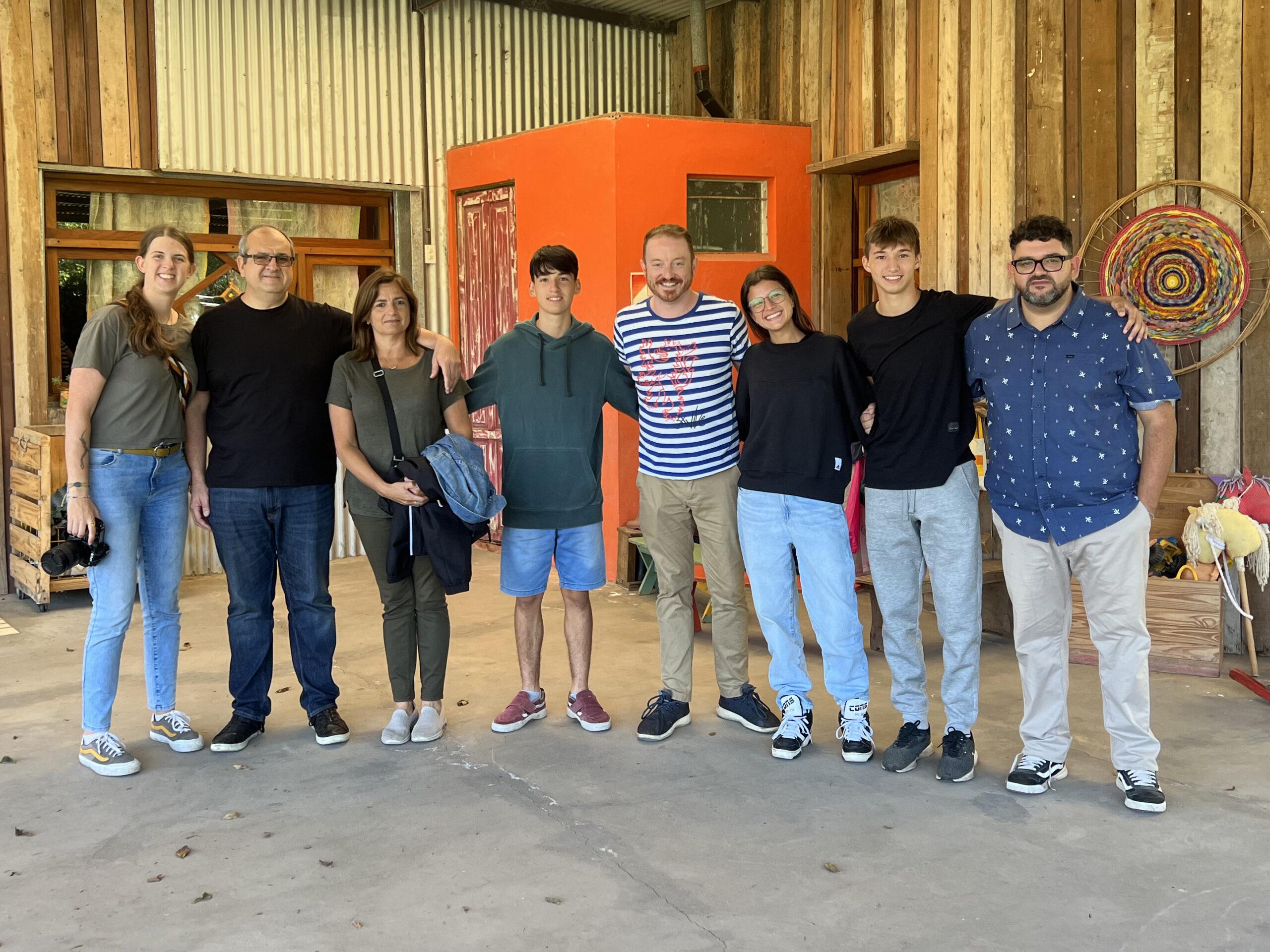
Are you ready to learn more about the Argentine-Luxembourgers?
Continue on to our Argentine Dual Citizens Study to learn more about the dual citizens today, their families, careers, and more.
Are you ready to learn more about the Argentine-Luxembourgers?

Continue on to our Argentine Dual Citizens Study to learn more about the dual citizens today, their families, careers, and more.
Argentine Dual Citizen Study
All Case Studies
